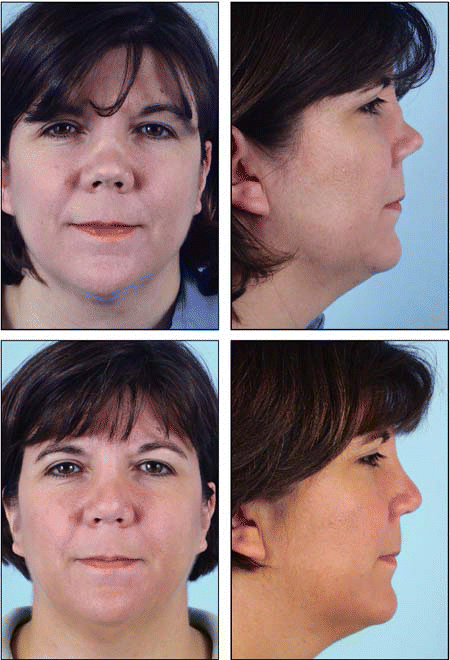Triological Society panel discuss surgical techniques, technology, tips to avoid litigation


Triological Society panel discuss surgical techniques, technology, tips to avoid litigation
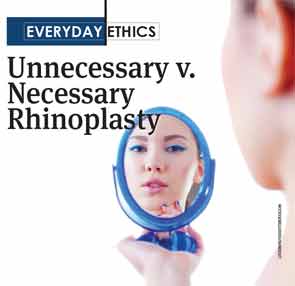
Ethical considerations, treatment benefits and risks that physicians must present to help patients, families make informed decisions

Ways to manage the inferior turbinate, perform septoplasty while preserving the septum, and correct the collapsed nasal dorsum were discussed by panelists at the Triological Society’s Combined Sections Meeting in Miami Beach, Fla. in January
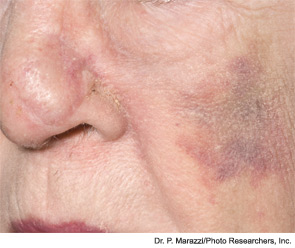
The right way to restore a patient’s nose after cancer depends on subtle factors: The shape, the depth, and the precise location of the wound all dictate how to go about the reconstruction, according to experts at the Triological Society Combined Sections Meeting.
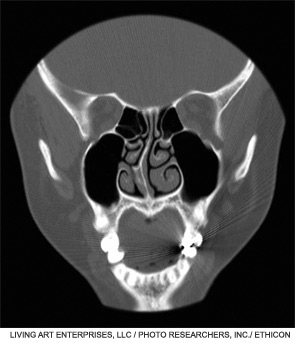
For patients who undergo septoplasty to repair a crooked septum, reconnecting pieces of cartilage and stabilizing the cartilage during the healing process is critical to achieving straight alignment of the nasal septum. Stabilizing cartilage is particularly challenging for patients who require correction of severe septal deviations or severe post-traumatic deformities that are often both functional and cosmetic.
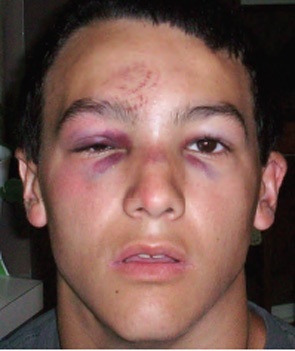
A 14-year-old boy sustained blunt trauma to the forehead from a foul-tipped baseball. Significant past medical history consisted of allergic rhinitis treated with over-the-counter cetirizine (Zyrtec). On examination, the patient had right frontal sinus depression with overlying edema. There were no palpable nasal bone or orbital rim abnormalities. Baseball threads were seen on the overlying skin as well as ecchymosis on the nasal dorsum and under both eyes.
What patients are at risk for methicillin-resistant Staphylococcus aureus (MRSA) infection following septorhinoplasty and the need for antibiotic prophylaxis? Background: Local infection is a rare complication following septorhinoplasty, but it has […]
Can irradiated homologous costal cartilage be safely and reliably utilized as a grafting material for primary and secondary rhinoplasty? Background: Early reports on irradiated homologous costal cartilage (IHCC) used in nasal […]
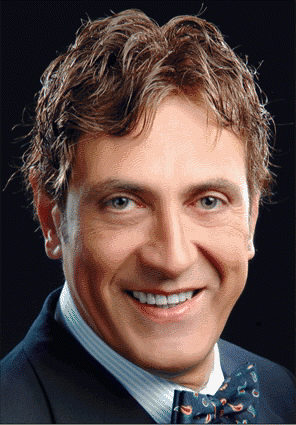
PHILADELPHIA-It’s a moment that rhinoplasty surgeons dread: They’ve performed a surgery, the operation is over, then they realize that something has gone wrong. To fix it, there will have to be another surgery.
